BANKING INDUSTRY 2020 FIRST & SECOND QUARTER GOODWILL IMPAIRMENT UPDATE
Goodwill is an asset recorded on the balance sheets when a merger occurs, when there is an excess of liabilities assumed over identifiable assets acquired on the acquisition date. Goodwill is recorded at its net carrying value which represents estimated fair value.
Goodwill requires annual testing and Interim Testing if Trigger Events are observed:
ASC 350-20 provides guidance on accounting and reporting for goodwill and requires that goodwill be tested for impairment at least annually.
ASC 350-20-35-30, goodwill should also be tested for impairment “between annual tests if an event occurs or circumstances change that would more likely than not reduce the fair value of a reporting unit below its carrying amount” (a triggering event).
Goodwill Impairment – “ASC 350 Triggering Events” What are possible signs of possible Goodwill Impairment?
ASC 350-20-35-3C lists the following examples of qualitative assessments to test whether they would negatively impact the fair value of the reporting unit and whether it is more likely than not that the carrying value of the reporting unit exceeds its fair value.
- Deterioration of macroeconomic conditions
- Deterioration of industry and market conditions
- Cost factors
- Decline in overall financial performance
- Sustained drop in stock price
- Other relevant entity specific events such as:
- significant changes in management, personnel, strategy, or customers
- significant litigation
- contemplation of bankruptcy
Trigger Event Analysis – An analysis which considered the events and circumstances that could affect the fair value of the equity of the Reporting Unit to conclude that it was more likely than not that the fair value of equity was greater than book value of common of equity, and if such there would be no goodwill impairment. Triggering event considerations can include industry and economic trends, the change in the market price the Company’s stock, estimates of future cash flows, fair value change of control premiums and other relevant events or circumstances.
If there is a Trigger Event, then an Interim Qualitative or Quantitative Goodwill Impairment Test needs to performed.
Qualitative Goodwill Impairment Test – Reviews the Reporting Unit’s situation to determine whether there is a greater than 50% probability that the fair value of the reporting unit that has goodwill is less than its carrying value based on the Qualitative Assessments.
If the probability is greater than 50% that the fair value of common equity of the Reporting Unit is less than its book value than a Quantitative Goodwill Impairment Test is required.
ASC 350-20-35-3C lists the examples of qualitative assessments to test whether they would negatively impact the fair value of the reporting unit. They are the same examples above in the ASC 350 Trigger Events listed above.
Cedar Hill Testing currently employs nine qualitative assessments that are relevant to its banking industry clients. These qualitative assessments are intended to isolate change factors which would contribute to the risk of impairment of Goodwill.
Quantitative Goodwill Impairment Test – Requires a valuation of the fair value of a Reporting Unit common equity (on a change of control basis) with a comparison of this calculated fair value to the reporting unit’s book value of common equity.
ASC Topic 820 – defines fair value as “the price that would be received to sell an asset or paid to transfer a liability in an orderly transaction between market participants at the measurement date.”
If the fair value is greater than book value than there is no goodwill impairment.
If the fair value is less than the book value there is goodwill impairment, the amount of the impairment is equal to book value less the fair value, and the amount of loss cannot exceed the amount of goodwill recorded.
Cedar Hill typically will prepare a Quantitative Goodwill Impairment valuation report that will include the following sections that could be shared with your external accountants and bank examiners when presenting the results of your annual goodwill impairment testing:
- Purpose of report and methods of determining fair value
- Overview of current economic environment and M&A market
- Calculate fair values using multiple methods:
- Income Approach
- Market / Comparable Company Approach
- Change of Control Premium Approach
- Documentation of Assumptions Employed
- Conclusion & Appendix
Allow us to provide you with a Free Initial Consultation!
Interested in Cedar Hill Advisor’s Goodwill Impairment Services? Fill out the form below!



